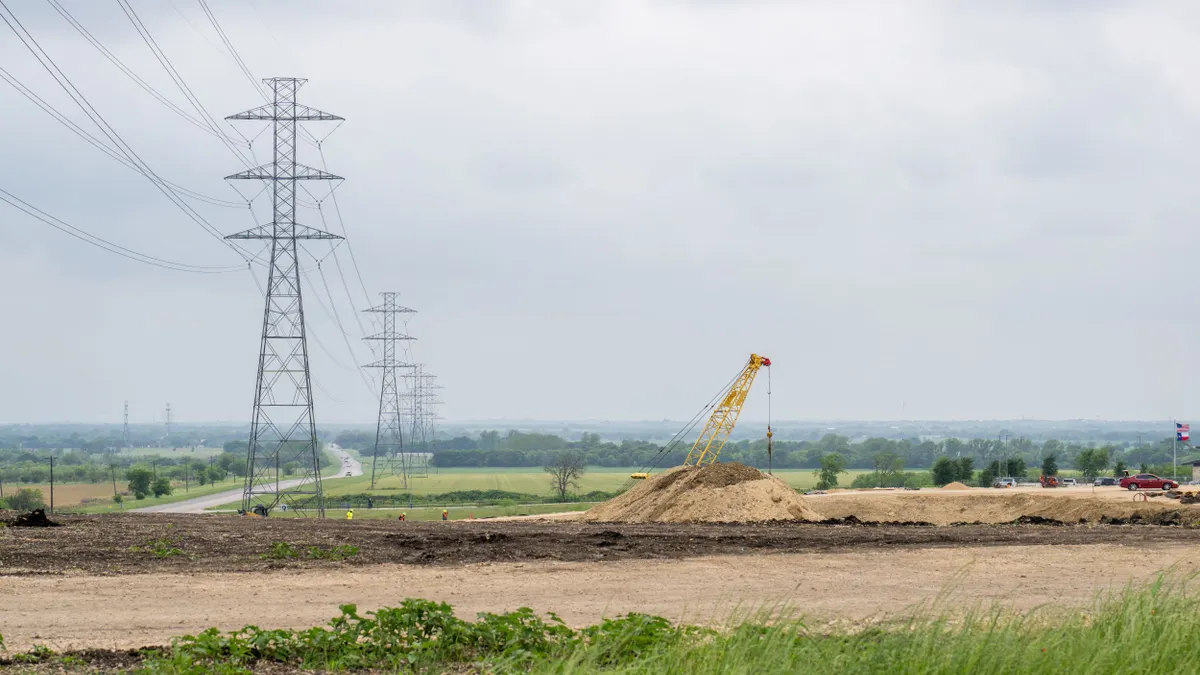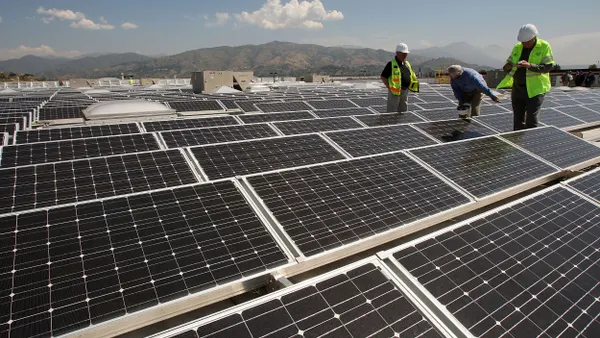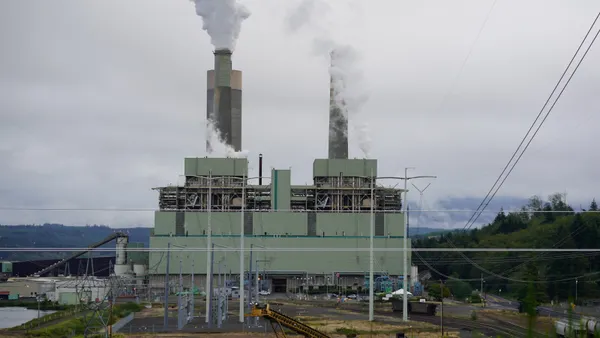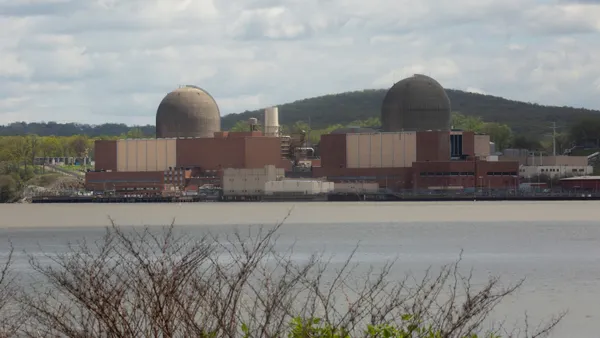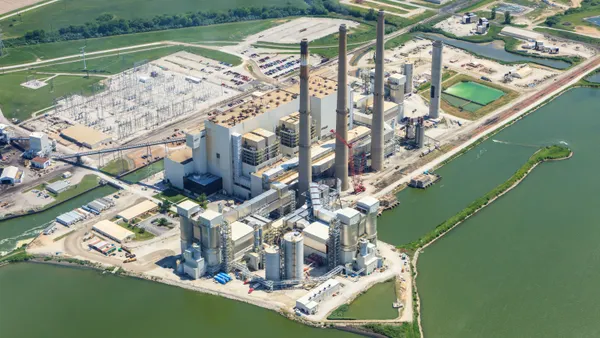Dive Brief:
- Some operators of the nation's coal-fired generation fleet are eyeing the use of waste wood as a way to extend the life of power plants jeopardized by the Environmental Protection Agency's (EPA) intention to regulate carbon dioxide emissions from existing power plants.
- While burning wood does release carbon dioxide, it is generally less than coal and theoretically the harvesting of wood allows space for new growth that will absorb carbon dioxide. As a result, regulators look at the use of wood as producing zero carbon.
- “We’re finding an emissions improvement benefit, and an economic benefit” because the wood is cheaper than coal, Allan Rudeck, Minnesota Power’s vice president for strategy and planning, told The New York Times.
Dive Insight:
Turning to wood as a long-term, reliable fuel source may be a fool's errand in the long run for generators. Typical sources involve logging operations, paper mills and furniture factories. And while wood may cost less than coal, transportation costs can eat into that savings. American Electric Power (AEP) toyed with wood as a way to meet Ohio's renewable energy standard, but has since backed off. “The material is difficult to get in any quantity and any predictable form,” said Mark McCullough, AEP's executive vice president for generation.



